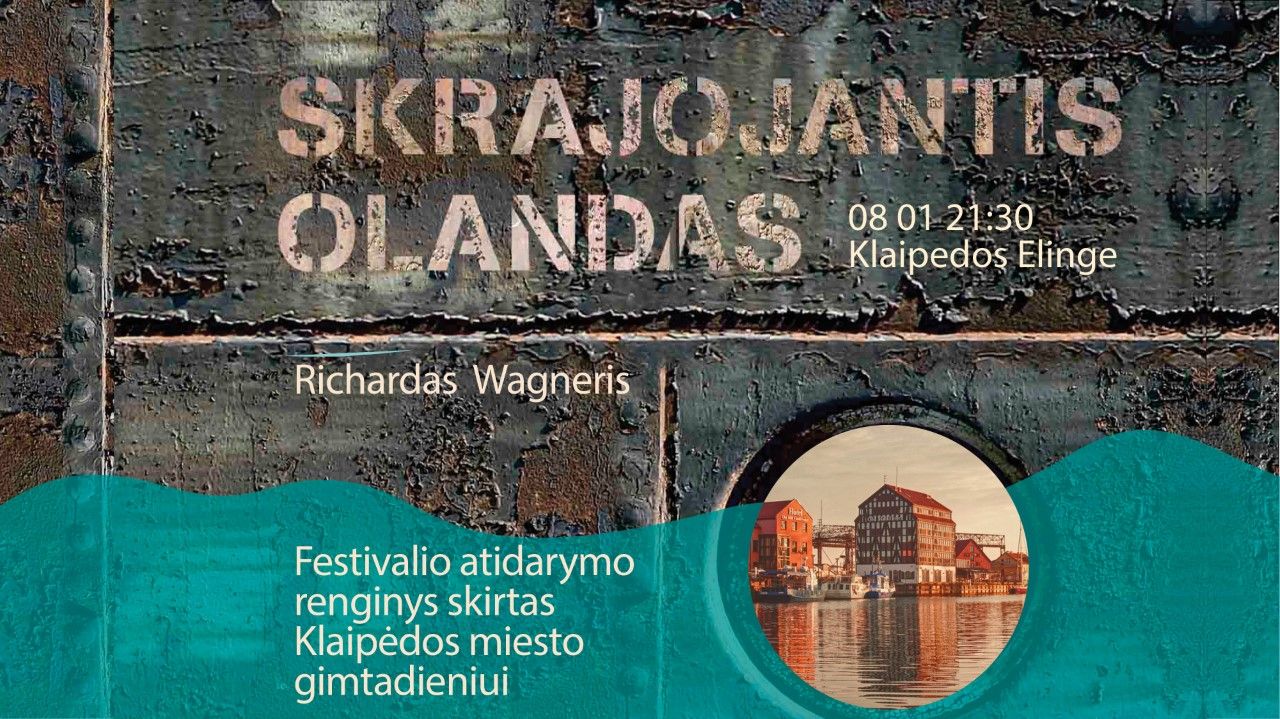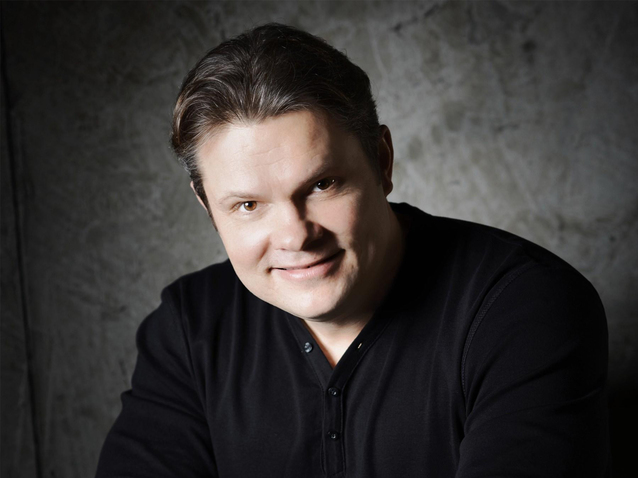
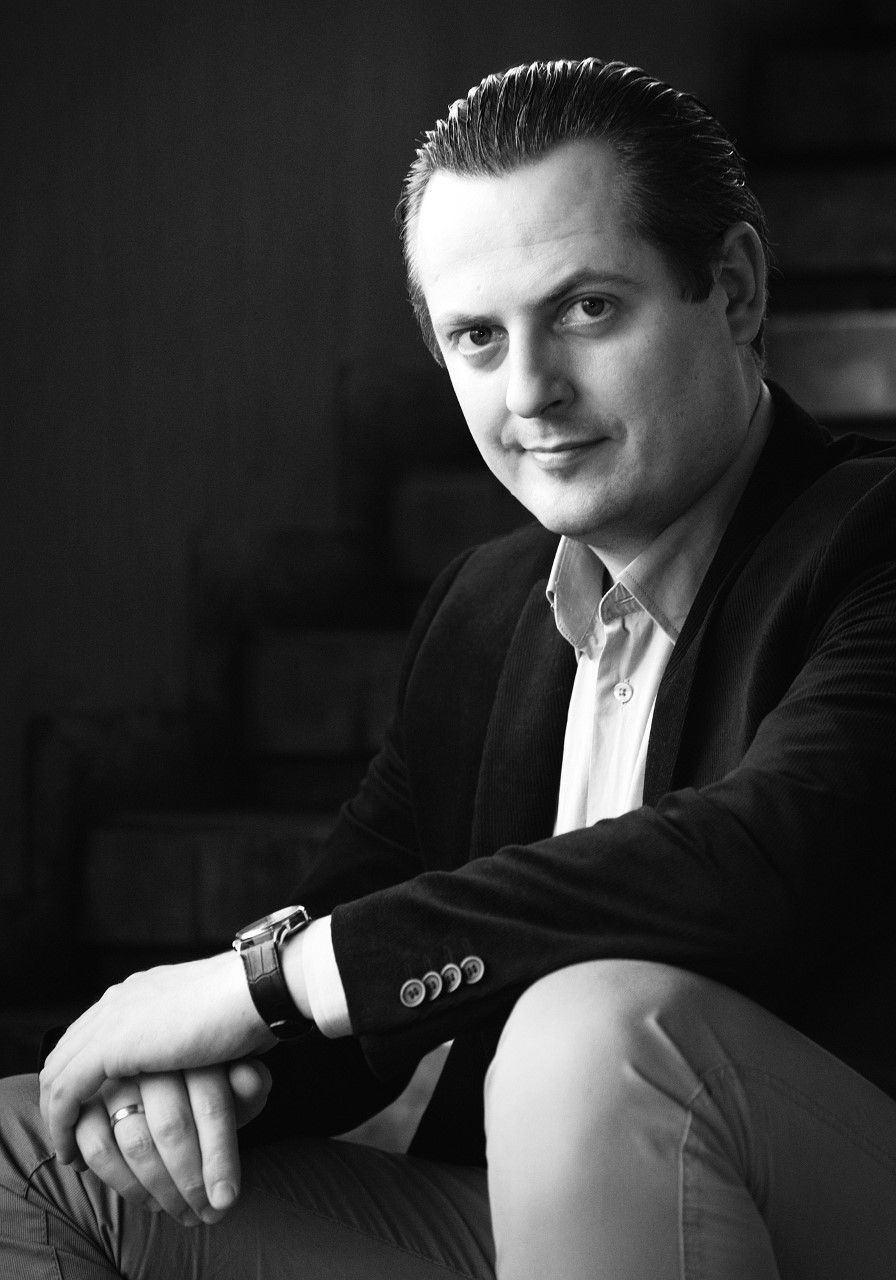
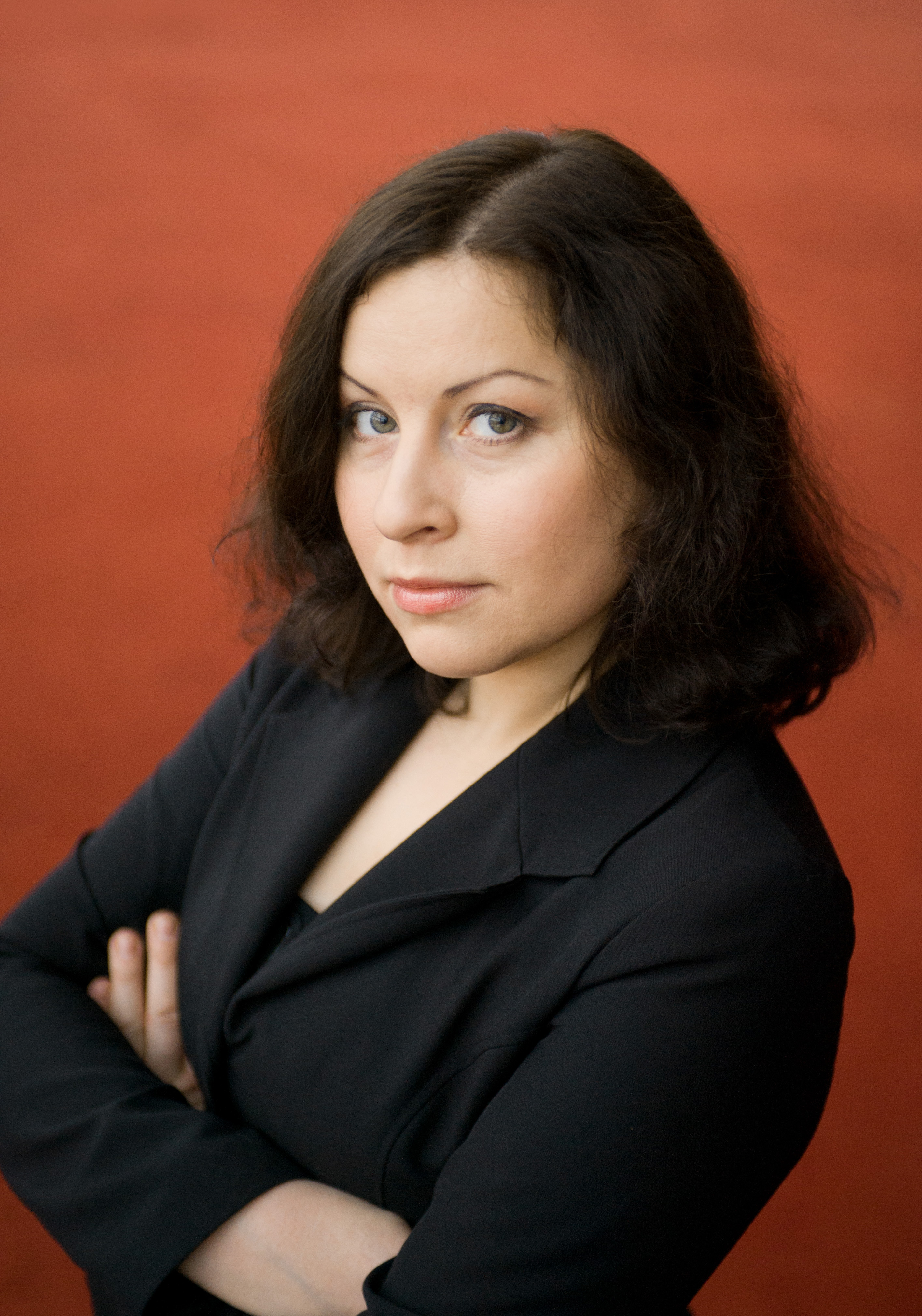
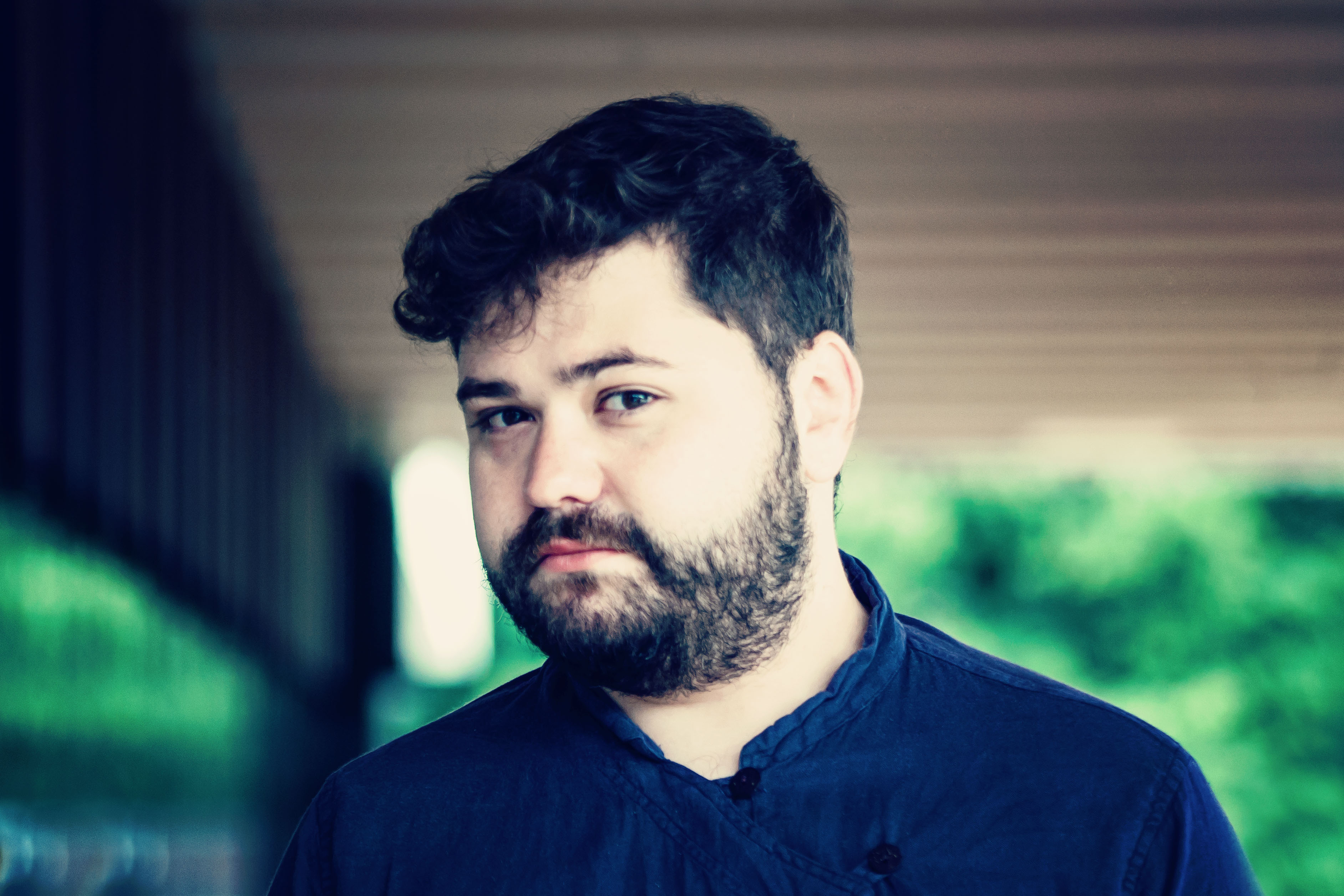
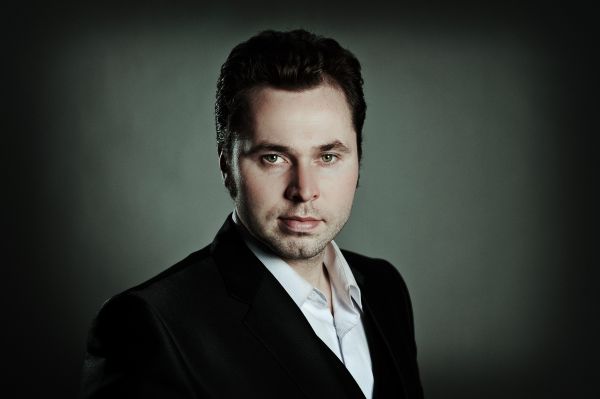

|
General Manager
|
|||
|
|
||
|
General Manager
|
||||||||
|
|
|
||||||
|
General Manager
|
|||||||||||||||||||||||||||||||||||||||
|
|
|
|
||||||||||||||||||||||||||||||||||||
An opera in One Act, sung in German. Duration 1 hr 30 mins The fifth and one of the most commonly staged operas by Richard Wagner is to be performed for the first time in Lithuania on the site where every detail seems to ignite audience’s imagination – that is, on the slipway of Paul Willy Lindenau shipyard complex in Klaipėda, built between 1937 and 1938. The composition history of Der fliegende Holländer goes back a century to the turbulent years of Wagner’s youth on the same shores of the Baltic Sea where modern Lithuania is now situated. In August 1836, the young Kappelmeister of the theatre in Königsberg, Richard Wagner, came on tour with the theatre’s company to conduct performances in Klaipėda (then Memel of East Prussia). Back to Königsberg after a couple of successful months on tour, he decided to part ways with the theatre and move to Riga where he was engaged as Music Director at the local theatre from 1837 to 1839. After his dismissal and with a horde of angry creditors at his heels, the 26-year-old composer resolved to flee from Riga and seek a career of opera composer in Paris. He smuggled on board of a small merchant vessel bound for London. Normally the voyage would have taken eight days, but storms more than once drove the ship off the course and made it last three and a half weeks. However, it was in that endlessly rocking ship that the first musical ideas for the opera Der fliegende Holländer were conceived. The opera, based on Heinrich Heine’s satire and Wilhelm Hauff’s The Tale of the Ghost Ship and written to a composer’s own libretto, had its premiere in Dresden, in 1843. The story of the Flying Dutchman is based on an old legend about a lonely sailor who seeks the love of a faithful woman, but is doomed to sail the seas for eternity with a ghostly crew of dead men. The Dutchman’s soul can only be redeemed by the love of a self-sacrificing woman. A ghostly ship appears and drops anchor next the captain Daland’s vessel that found a port of refuge from the stormy weather. Its captain tells Daland of his gruesome fate: he is cursed to roam the sea for eternity without rest, and may leave his ship only once every seven years. If he can find a wife who will be true to him, he will be released from his curse… In the meantime, Daland’s daughter Senta is waiting for her father at home and holding a picture of the legendary Dutchman next to her heart. She dreams of saving the doomed captain from the eternal curse by her love and fidelity. This unique production of The Flying Dutchman, planned for the 767th anniversary of Klaipėda, will open the 2020 “Musical August at the Seaside” Festival. It will be put on the old Klaipėda shiplift whose huge frame structures and hoists will provide the spectacularly fitting setting for the opera. Fantastic possibilities offered by modern lighting and audiovisual equipment, along with Wagner’s fascinating music performed by the Klaipėda State Musical Theatre Symphony Orchestra, will create an inimitably splendid feast of opera. Conductor Modestas Pitrėnas, who was in charge of quite a few superlative opera productions in Lithuania and abroad, is invited to lead the musical crew of The Flying Dutchman. Dalius Abaris, renowned for directing grand national events, will tackle the staging of this well-known Wagnerian classic in the unconventional site. He came up with an idea, wrote the script and directed the opening ceremony of Lithuania’s presidency of the Council of the European Union in 2013., he has initiated and directed the national project “Gloria for Lithuania” to commemorate the centenary of Lithuania’s independence in 2018, for which he was awarded the medal of the Order for Merits to Lithuania. For this offbeat production of The Flying Dutchman the Klaipėda State Musical Theatre attempts to engage well-known Lithuanian opera soloists who happen to hail from the coastal region. Bass-baritone Almas Švilpa who is regularly engaged to perform Wagner’s roles in Germany will appear in the title role; the leading soprano of the Lithuanian National Opera and Ballet Theatre, Sandra Janušaitė, will appear as Senta; and bass Tadas Girininkas who currently pursues an active career in the opera houses of Germany and Switzerland will appear as Daland.peris
www.concertclassic.com, 07/04/2021

Violeta Urmana. Asmik Grigorian. Edgaras Montvidas. Ces quelques noms suffiraient à indiquer que l’opéra n’est pas un genre négligé en Lituanie. C’est à Klaipėda (anciennement Memel, du temps où c’était une cité hanséatique), troisième ville du pays, qu’OperaVision est allé filmer l’été dernier un Vaisseau fantôme mis en ligne il y a quelques jours. Selon l’anecdote, Wagner aurait entendu au cours d’un voyage mouvementé en mer Baltique les cris et les chants qui lui inspirèrent le premier des opéras de sa maturité, le plus ancien à être admis sur les planches du Festspielhaus de Bayreuth. Et ce Fliegende Holländer a été monté avec la Baltique à l’arrière-plan, dans le port de Klaipėda, avec micros et haut-parleurs pour compenser l’absence d’acoustique propice.
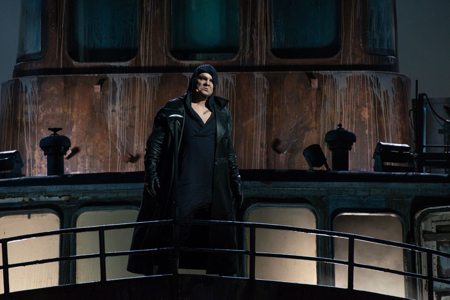
Photo Almas Švilpa (Le Hollandais) © Klaipeda State Music Theatre
Le dispositif est assez impressionnant et permet évidemment de respecter certaines exigences du livret, avec notamment un vrai bateau pour le Hollandais ! Tout à droite, dans une sorte de grande boîte, avec un toit qui le protège des éléments, l’orchestre, au-dessus duquel se trouve une plateforme correspondant à la maison où attend Senta. Tout à gauche, deux grandes tours d’échafaudages métalliques, qui figurent le navire de Daland. C’est entre ces deux tours, copieusement arrosées de kilolitres d’eau durant la tempête initiale, et escaladées par figurants et choristes tout au long de l’ouverture, que surgira le fantomatique vaisseau.
Qui dit plein air dit bien sûr mise en scène immédiatement accessible : foin des lectures psychanalytiques et autres transpositions à Chittagong ou ailleurs, la production signée Dalius Abaris et Gediminas Šeduikis ne cherche pas midi à quatorze heures, mais exploite pleinement le spectaculaire que permet ce cadre, avec plateaux suspendus, fumigènes et éclairages dignes d’un concert de rock. L’action se déroule à une époque récente. Dans ce monde de marins en cirés et waders, Erik le chasseur a plutôt l’allure d’un fermier texan. Les dames ont renoncé à une féminité conventionnelle : désormais, les fileuses manipulent des caisses, leurs manches retroussées et leur turban années 1940 leur donnant plutôt l’allure de Rosie la Riveteuse sur la célèbre affiche américaine « We Can Do It ». Sous sa capuche qui lui dissimule le visage, le Hollandais paraît sorti de l’univers des jeux vidéo Assassin’s Creed, et il est entouré de zombies et autres momies vivantes. Autrement dit, des références qui parlent au public, mais sans trahir l’esprit de l’œuvre.
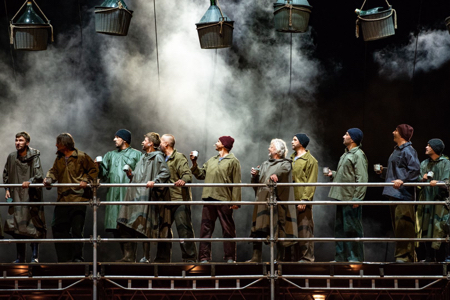
© Klaipeda State Music Theatre
Peut-être grâce à la sonorisation, l’orchestre symphonique de Klaipėda dirigé avec élan par Modestas Pitrenas sonne avec une force et une clarté assez exceptionnelle, qui valorise en particulier les bois, d’une belle verdeur nasale que l’on croyait associée aux formations françaises d’antan. Possible effet des micros aussi, on distingue clairement la superposition des voix graves et des voix aiguës dans le chœur des femmes au deuxième acte. Quant aux solistes, on s’abstiendra de se prononcer ici sur leur puissance, dont il faudrait pouvoir juger en salle, sans les secours de la technologie. Commençons par saluer les clefs de fa, avec le magnifique Daland de Tadas Girininkas, dont le timbre d’airain et la prestance évitent de faire basculer le personnage dans le ridicule, et le non moins admirable Almas Švilpa dans le rôle-titre, dont la véhémence impressionnante dès « Die Frist ist um » ne se relâchera pas un seul instant.
Les ténors ne jouent pas dans la même catégorie, et peut-être n’était-il pas nécessaire de privilégier la force là où l’on attend plus de charme, surtout pour l’Erik un peu trop héroïque d’Andris Ludvigs qui plafonne dans les notes les plus hautes. Dalia Kužmarskytė est une Mary correcte, mais l’on reste partagé face à Sandra Janušaitė. Certes, Senta est un rôle impossible, où il faut à la fois une voix juvénile mais d’une vaillance à toute épreuve ; la soprano lituanienne, malgré de réelles qualités, possède un aigu tranchant, parfois presque acide, dont on espère que les années l’aideront à gagner en générosité. Heureux néanmoins les habitants de Klaipėda, à qui l’on propose des spectacles estivaux de cette qualité !
Laurent Bury
Music Director and Conductor
Modestas PitrėnasConductor
Tomas AmbrozaitisConcept and artistic direction
Dalius AbarisDirector
Gediminas ŠeduikisChoreographer
Aurelijus LiškauskasSet Designer
Dalius AbarisSet Designer
Sigita ŠimkūnaitėCostume and Makeup Designer
Sandra StraukaitėLighting Designer
Andrius StasiulisChoirmaster
Vladimiras KonstantinovasChoirmaster
Vytautas Valys2020-08-01
Klaipėda Shiplift
€ 7.00, € 10.00, € 15.00






Sponsors
NEWSLETTER
SUBSCRIPTION
SUBSCRIBE
© 2020 Klaipeda State Music THEATRE.
All rights reserved
Informuojame, kad šioje svetainėje naudojami slapukai (ang. cookies). Sutikdami naudoti slapukus galėsite patogiau naršyti mūsų svetainėje. Daugiau apie slapukus ir kaip jų atsisakyti skaitykite slapukų politikoje.
Learn more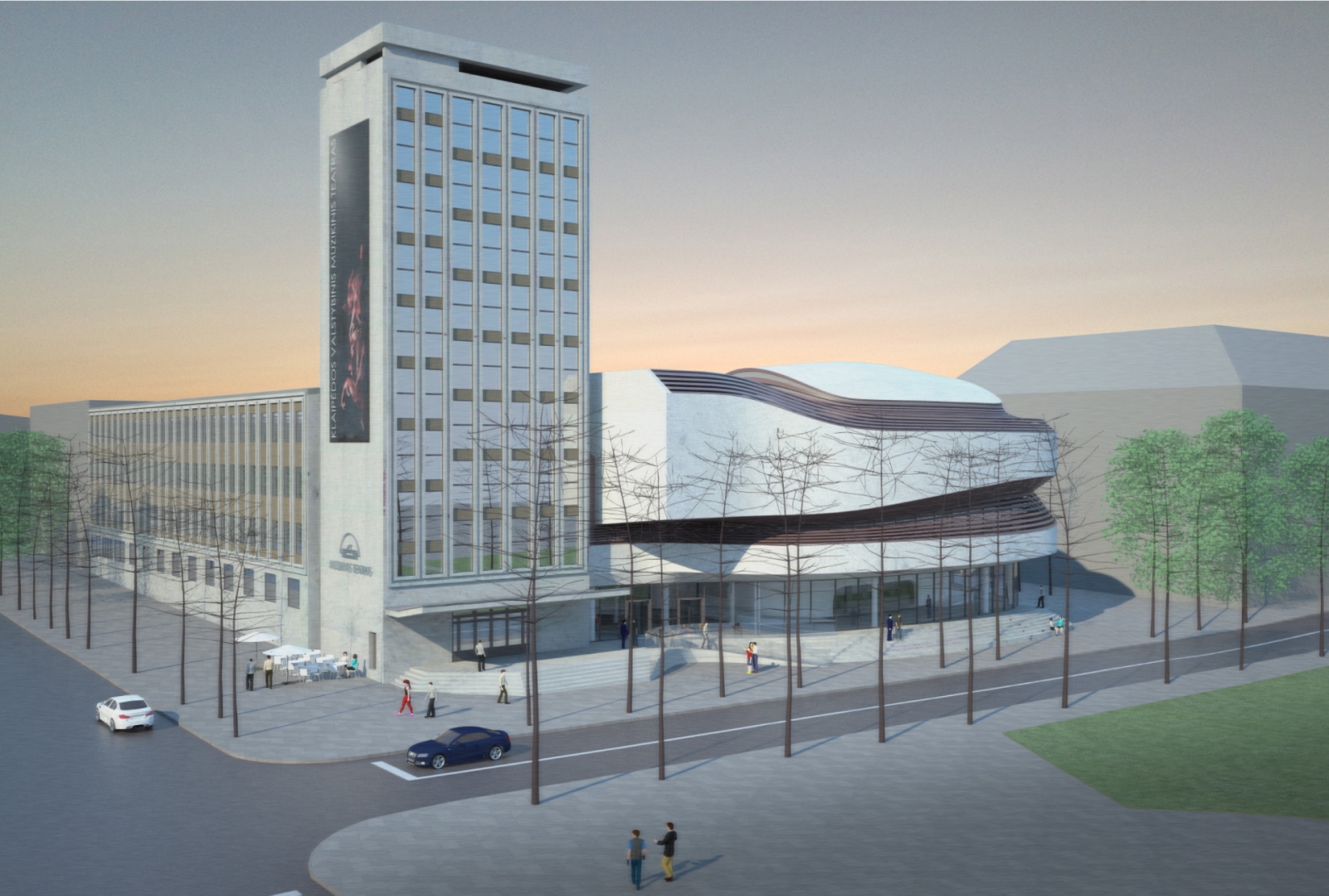

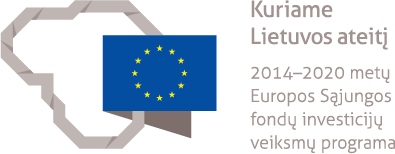
Klaipėdos valstybinio muzikinio teatro modernizavimas
Projektas finansuojamas iš Europos regioninės plėtros fondo
Projekto Nr. 07.1.1-CPVA-V-304-01-0019
Klaipėdos valstybinis muzikinis teatras įgyvendiną teatro modernizavimo projektą, dalinai finansuojamą Europos regioninės plėtros fondo, pagal 2020-01-10 pasirašytą finansavimo ir administravimo sutartį su VšĮ Centrine projektų valdymo agentūra. Bendra projekto vertė 23 990 642,98 Eur, iš jų ES regioninės plėtros fondo lėšos - 9 510 736,93 Eur, Lietuvos Respublikos valstybės biudžeto lėšos – 14 479 906,05 Eur.
Pastato rekonstrukcijos techninis projektas buvo parengtas dar 2016 m. pabaigoje, rangovas parinktas 2018 m., rangos darbų viešąjį konkursą laimėjo UAB „Infes“. Klaipėdos valstybinio muzikinio teatro rekonstrukcija pradėta 2018 m. rugsėjo 14 d. Apie rekonstrukcijos pradžią iškilmingai paskelbta įkasant kapsulę ateities kartoms būsimo pastato pamatuose
Projekto tikslas – padidinti Klaipėdos valstybinio muzikinio teatro patrauklumą, teikiamų kultūros paslaugų prieinamumą ir kokybę
Klaipėdos valstybinis muzikinis teatras – didžiausias profesionalaus meno kolektyvas ne tik Klaipėdoje, bet ir visame Vakarų Lietuvos regione. Klaipėdos valstybinis muzikinis teatras įkurtas 1987 metų sausio 1 dieną, Klaipėdos liaudies operos teatrą reorganizavus į muzikinį teatrą. Per dvidešimt šešerius kūrybinės veiklos metus teatre pastatyta per 100 įvairių žanrų ir epochų sceninių veikalų, tai: operos, operetės, miuziklai, muzikinės dramos, baletai, šiuolaikinio šokio spektakliai, oratorijos, muzikiniai spektakliai vaikams.
Klaipėdos valstybinis muzikinis teatras teikia šias pagrindines paslaugas – rodo spektaklius (savo ir kitų gastroliuojančių teatrų repertuarą) Klaipėdoje, stato naujus spektaklius, teikia edukacines paslaugas, rodo spektaklius kituose miestuose (gastrolės), įgyvendina kultūrines programas. Teatras orientuojasi į platų visuomenės ratą kaip tikslinę žiūrovų auditoriją. Repertuaras bei spektakliai pritaikomi kuo įvairesnėms tikslinėms žiūrovų grupėms (atsižvelgiant į amžių, socialinę padėtį, pomėgius ir kt.), tokiu būdu siekiama formuoti teigiamą visuomenės požiūrį į teatrą ir pritraukti kuo įvairesnių visuomenės grupių atstovus.
Svarbi scenos infrastruktūra įrengta dar sovietų laikais ir šiuo metu visiškai neatitinka laiko realijų. Nėra galimybės greitai pakelti ir nuleisti dekoracijų, vystyti kitų meninių spendimų. Įdiegus šiuolaikinę scenos infrastruktūrą, būtų pagerintas ne tik vizualinis vaizdas, kuris svarbus žiūrovui, bet ir būtų sudaryta galimybė didesnei režisierių ir aktorių saviraiškai. Tai leistų statyti daugiau ir novatoriškesnių spektaklių.
Šiuolaikiniam jaunimui labai svarbu, kad teatro spektakliai atspindėtų tai, kas yra aktualu. Šiuolaikiniai spektakliai, kuriuose vyrautų jaunimo kultūra (vadinamoji „gatvės kultūra“), būtų naudojamos išmaniosios technologijos (kadangi tokias technologijas jaunimas naudoja ir kasdieniniame gyvenime) leistų padidinti susidomėjimą ne tik jaunimo tarpe, bet pritrauktų ir kitų amžiaus lankytojų grupes, kurios nori susipažinti su siek problemomis. Įdiegus tinkamą scenos įrangą, galima būti kurti vizualinius pasakojimus, kurie taptų neatsiejama spektaklių dalimi.
Šiuo metu Vakarų Europoje ir JAV vyrauja tendencija, kad teatras turi būti aprūpinamas naujausia technine įranga, kuri leistų kurti visiškai naujo lygio pasirodymus. Tokia įranga leidžia išreikšti spektaklio herojaus išgyvenimus vizualiai, scenoje projektuoti vaizdinius, sukurti reikiamą atmosferą (keičiant šviesos spektrą, intensyvumą, spalvą, galima sukurti baimės, gėrio, jaukumo ir kt. atmosferą). Gera garso sistema leistų pasiūlyti įvairesnių garso sprendimų. Labai svarbu pažymėti, kad režisieriai, turėdami tokias priemones, galėtų lengviau interpretuoti scenarijus, pasirinkti sprendinius, kurie iki šiol, dėl techninių sąlygų, nebuvo galimi.
Įgyvendinus projekto veiklas, numatoma pasiekti projekto tikslą - padidinti Klaipėdos valstybinio muzikinio teatro patrauklumą, teikiamų kultūros paslaugų prieinamumą ir kokybę. Bus pasiekti tokie rezultatai:
